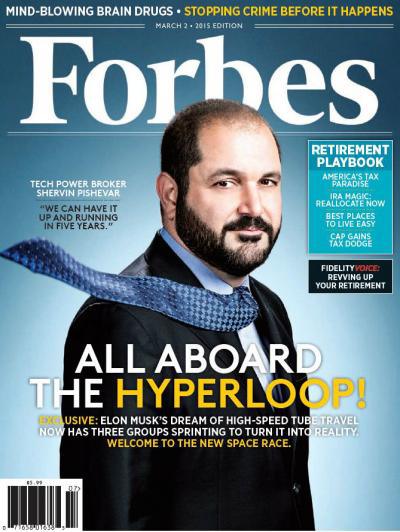 Calling their new guidelines more “compass” than “map,” the American Society of Magazine Editors has overhauled the rules that define editorial integrity.
Calling their new guidelines more “compass” than “map,” the American Society of Magazine Editors has overhauled the rules that define editorial integrity.
“Unlike the old guidelines, where discouraging cover ads was the first item on the list, now there’s no specific language dissuading publishers from selling cover ads,” notes Michael Sebastian in AdAge.
“And when it comes to editors collaborating alongside advertisers, the new principles simply say, ‘Editors should avoid working with and reporting on the same marketer.’ They previously said, ‘Don’t Ask Editors to Write Ads,’” Sebastian continues.
The old ASME guidelines were in place, as Sebastian notes, to “protects readers’ confidence in editors’ independence from advertiser influence.”
And while the ASME says their new guidelines serve the same purpose, many see this as a serious erosion in the wall separating editorial and advertising. Others, like Samir “Mr. Magazine” Husni, support the new policies.
“It is about time for ASME to do that,” Husni said to Sebastian via email. “There was always a loophole to avoid the guidelines. It was more like the church and state wall. The bigger the state, or the bigger the church, the more loopholes were able to exist.”
ASME CEO Sid Holt explains that the new rules are meant to provide guidance across multiple platforms, and act as a compass rather than a map.
True enough that to create guidelines across the myriad platforms and types of content in this constantly changing space would be Herculean. Still, these seem to make it pretty easy to skirt the ASME’s overarching mantra of “don’t deceive the reader.”
Not surprisingly, ad and marketing execs support the new guidelines, with GroupM’s George Janson saying they are “evolving to reflect the current marketing-media landscape.”
It seems to us that the ASME has lost some of its teeth, and this is their way of playing catch-up and trying to stay relevant as the marketing dollars make more and more of the editorial decisions. Appeasement has a way of falling short in the long run, and consumers have a way of seeing through this kind of veiled attempt at maintaining lines.
Simply waving around your guideline isn’t enough to prop up your integrity when it starts to falter.
